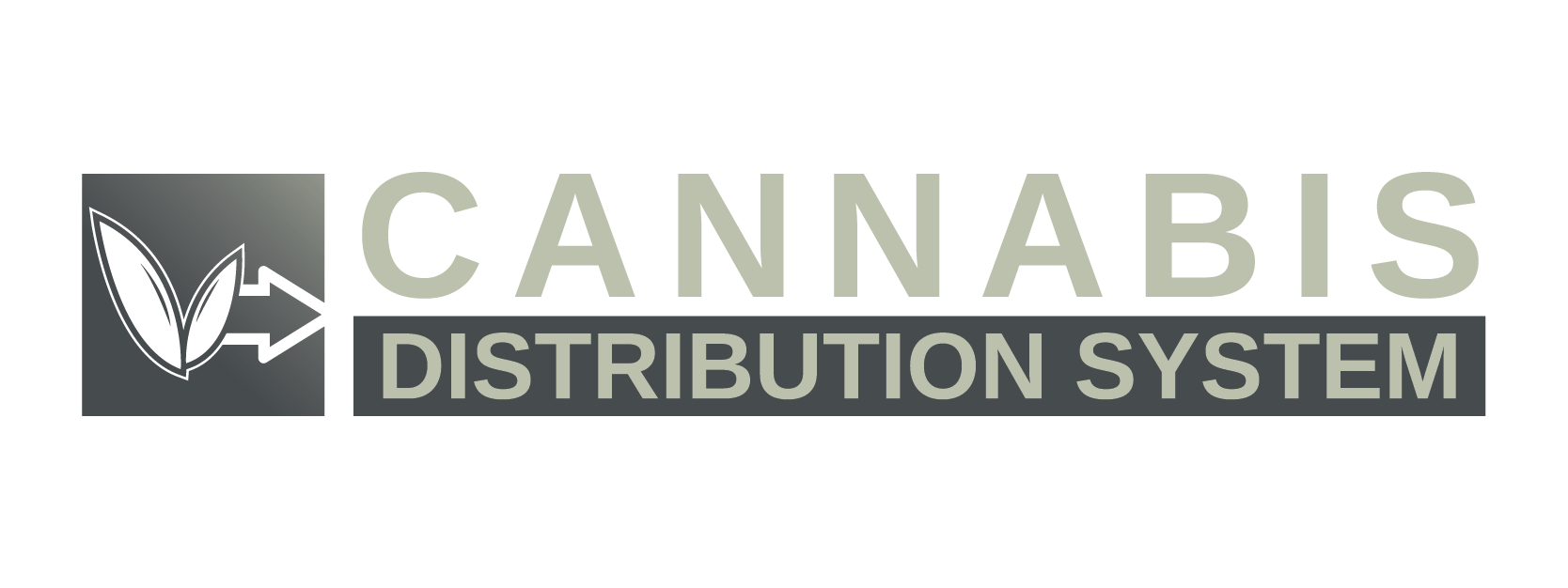In the fast-paced and highly regulated world of cannabis distribution, protecting product in transit isn’t just a logistical necessity—it’s a legal mandate. As cannabis continues to move from cultivation and production to dispensary shelves, real-time tracking technology has become the gold standard for ensuring safety, accountability, and compliance. Two tools leading this charge are GPS tracking and geofencing—offering a dynamic, data-driven way to secure cannabis shipments from seed to sale.
Why GPS Tracking Matters
GPS (Global Positioning System) tracking enables distributors and licensed transporters to monitor vehicles in real-time across their entire delivery route. In cannabis logistics, this not only enhances efficiency but meets stringent compliance rules required by many state regulatory agencies. States such as California, Colorado, and Florida require detailed manifests, location data, and time-stamped records of cannabis movement to ensure product doesn’t fall into the wrong hands.
Modern GPS tracking platforms, like Fleet Complete and Geotab, allow cannabis operators to:
- View vehicle locations in real time
- Monitor driver behavior (speeding, idling, off-route activity)
- Receive alerts for deviations from approved routes
- Integrate location data with compliance software systems such as METRC
These tools not only deter theft but provide documented proof of adherence to route and delivery requirements, which is invaluable during audits or inspections.
The Role of Geofencing
While GPS tracking follows a vehicle’s movement, geofencing takes protection a step further. Geofencing creates virtual geographic boundaries around specific zones—like dispensaries, grow facilities, or delivery hubs. When a GPS-equipped vehicle enters or exits these predefined areas, the system triggers alerts, logs activity, and can even halt further vehicle access depending on system permissions.
For cannabis distributors, geofencing is used to:
- Confirm secure delivery and pickup zones
- Trigger alerts if a vehicle deviates from its assigned route
- Enforce dwell-time limits at risky or unapproved locations
- Improve delivery timing and customer communication
Advanced solutions like Teletrac Navman and Samsara allow operators to customize geofencing per regulatory guidelines or internal risk assessments. These platforms can integrate directly with inventory tracking systems, ensuring product accountability from one secure point to another.
Compliance and Risk Mitigation
Security isn’t just about protecting product—it’s about protecting your license and your reputation. Regulatory bodies like the California Department of Cannabis Control (DCC) and Florida’s Office of Medical Marijuana Use (OMMU) require strict transport protocols, often including real-time tracking, approved driver credentials, and detailed digital records of shipment movement.
If a vehicle is stolen, GPS can help authorities locate and recover both the vehicle and its contents quickly. If a product goes missing or is delayed, geofencing data provides time-stamped entry and exit points to determine when and where the issue occurred.
Looking Ahead
As cannabis distribution networks expand across the U.S., the integration of GPS and geofencing into fleet operations is becoming non-negotiable. These tools provide both the transparency regulators demand and the logistical insights businesses need to scale.
For cannabis operators aiming to remain compliant while reducing loss and boosting delivery confidence, real-time location tracking and geofencing aren’t just enhancements—they’re essential infrastructure.
In a market where margins are tight and risks are high, smart security begins with smart logistics. GPS and geofencing aren’t just keeping cannabis safe in transit—they’re driving the industry forward.

